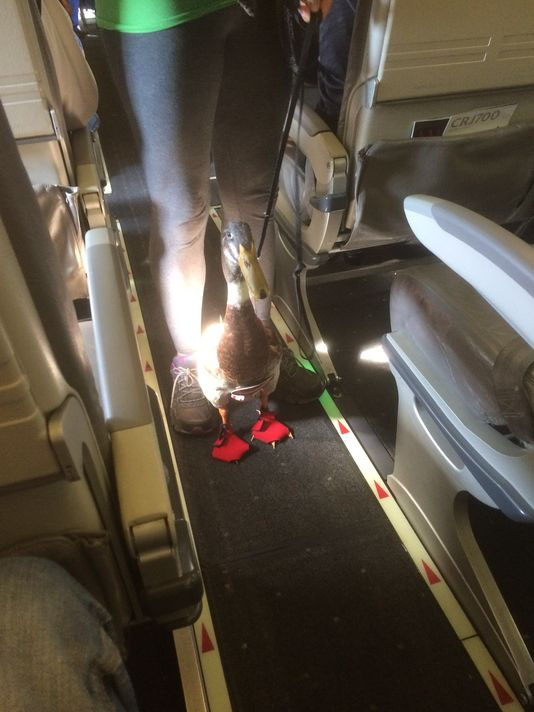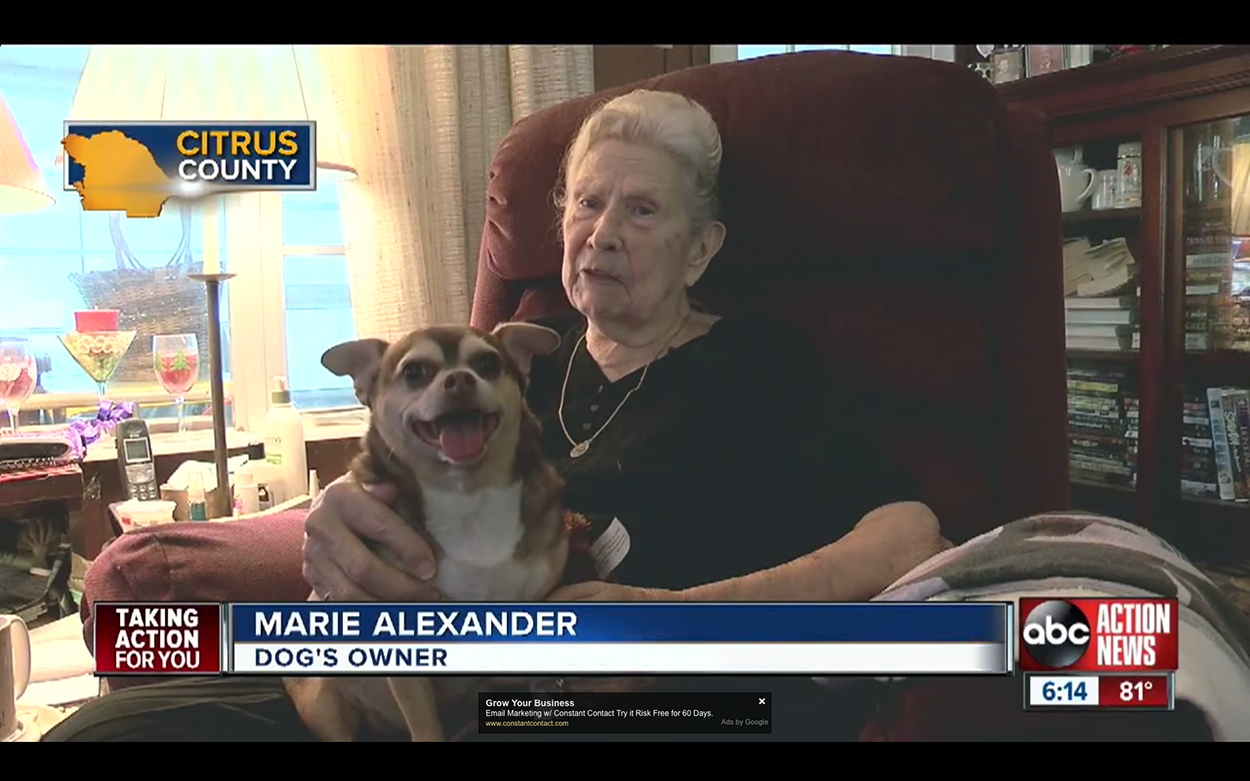
As Daniel the emotional support duck basks in international fame, owner Carla Fitzgerald is a little surprised at the attention but says it’s well-deserved.
“It’s just weird how a little six-pound duck could cause such an uproar, you know?” Fitzgerald, 37, said with a laugh. “It’s crazy, in a very good way, and I’m very happy it’s in a good way. But what’s not to love about him? He’s a happy little guy, and he makes other people happy. He makes me happy.”
Daniel’s 15 minutes of fame began Sunday afternoon when Asheville author Mark Essig, on a short flight from Charlotte to Asheville, encountered the little fellow waddling up the aisle and started tweeting about him.
(CLICK TO CONTINUE READING)

 To help every homeless or hurting pet in our community, we need the support of as many friends as possible. That means getting the word out! Join a national effort on Giving Tuesday that will help animals here in Missouri!
To help every homeless or hurting pet in our community, we need the support of as many friends as possible. That means getting the word out! Join a national effort on Giving Tuesday that will help animals here in Missouri!




 Sassy is a life-saver!
Sassy is a life-saver! By Stefany Shaheen
By Stefany Shaheen
